Originally posted at: http://www.nerdfitness.com/
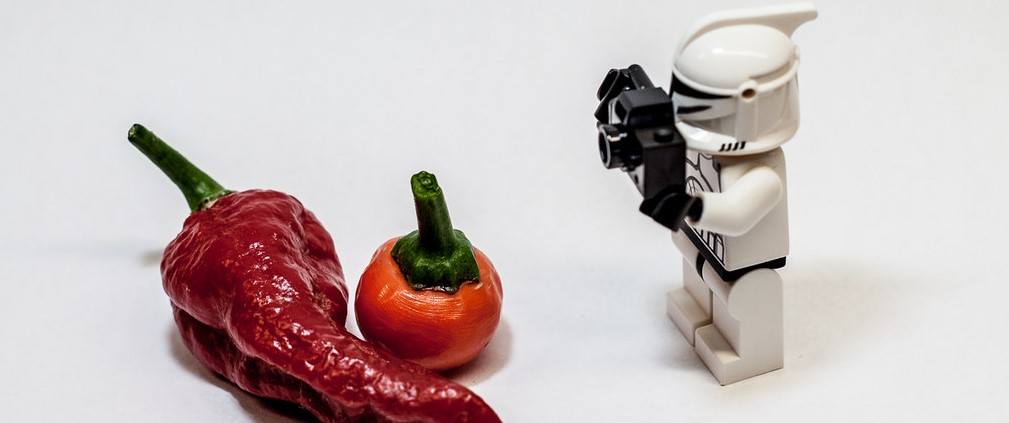
It’s time to explore the Flexitarian Diet.
You may have questions like:
What is it?
Why’s it so popular?
Will it make me more flexible?
The answer to that last one is “nope,” but the others we’ll explore today!
Have no fear, you’re in good hands.
We analyze different diets in our 1-on-1 Online Coaching Program, so you’ve come to the right place to learn all about semi-vegetarianism.
Here’s what we’ll cover in our Beginner’s Guide to the Flexitarian Diet:
- What is a flexitarian? (Exploring “semi-vegetarians”)
- What do flexitarians eat? (The Flexitarian Diet Plan)
- How often do flexitarians eat meat? (The “flex” in “flexitarian”)
- Can cutting out meat help you lose weight? (The Flexitarian Diet and weight loss)
- What are the benefits of being a flexitarian?
- Should I try the Flexitarian Diet? (Next steps)
What Is the Flexitarian Diet? (Exploring “Semi-Vegetarians”)
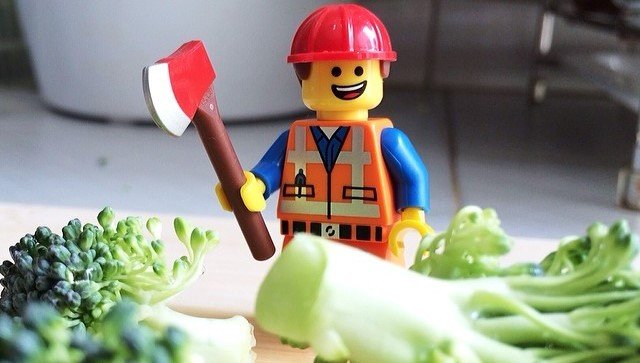
The Flexitarian Diet is a plant-based or vegetarian style of eating that allows for some animal products in moderation.
“Flex” comes from “flexible” and “tarian” comes from “vegetarian,” so a flexitarian is more or less a “flexible vegetarian.”
In 2012, the term “flexitarian” actually entered the Merriam-Webster Dictionary as “one whose normally meatless diet occasionally includes meat or fish.”
Another way to think of flexitarians would be as “semi-vegetarians.”
This version of semi-vegetarianism was first formulated by dietitian Dawn Jackson Blatner, in her book The Flexitarian Diet.

In Blanter’s word:
“You can think of this diet as a ‘vegetarian-ish’ way of eating since this plan touts the basic principles and benefits of a plant-based diet, along with the inclusion of some animal proteins to a lesser extent.”
The goal of the Flexitarian Diet would be to minimize or reduce the frequency of eating meat, without removing it completely.
This is what separates flexitarians from normal omnivores: the former are actively trying to limit meat consumption.
Flexitarians just don’t want to eliminate meat 100% (for health or personal reasons), so they allow some into their diet.
What Do Flexitarians Eat? (The Flexitarian Diet Plan)

Since the Flexitarian Diet actively tries to reduce the consumption of meat, the meal plan will be predominantly plant-based.
Your plant-based food choices on the Flexitarian Diet plan will include:
Whole grains. Rice, oats, barley, and buckwheat would all be examples of whole grains. Most plant-based diets include a sizable amount of whole grains as their base.
Vegetables. Of course, even semi-vegetarian diets are going to include lots of vegetables! And they should because vegetables are great for you! They’re packed full of nutrients, fiber, and generally low in calories. Most people could stand to eat more veggies. If you find yourself not being able to stomach greens, I got you. Check out this post for tips on how to turn around any vegetable hater.
Legumes. Beans, lentils, and soy make up the legume family. When cutting out meat, legumes would be a great way to get protein (more on this to follow).
Fruit. Bananas, apples, and oranges all come from plants, so all are vegetarian-friendly. While high in fructose (sugar), they are also nutrient-dense. Our general stance on fruit around these parts is to eat “stick to whole fruit, avoid fruit juices.”
Nuts and seeds. Again, they come from plants, so almonds, cashews, and pumpkin seeds are good to go on any vegetarian plan you pick. So is quinoa, which although is often thought of as a grain, is actually a seed. Mind=blown.
Nuts and seeds, although high in fat and calories, are another great way to get protein on a semi-vegetarian diet.
Have as much of the above as you like (assuming it meets your calorie goals).
I know you’re curious about meat consumption and the Flexitarian Diet
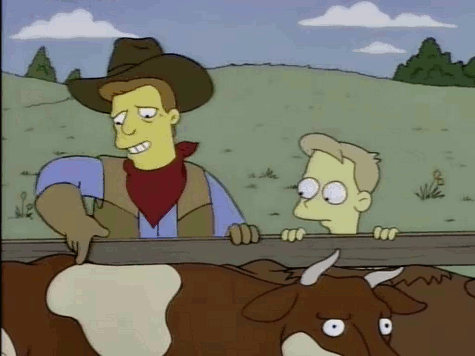
We’ll devote our entire next section to it.
Before we get there, let’s talk about foods that you might NOT want to build your flexitarian meal plan around.
Since the Flexitarian Diet is an attempt to eat nutritiously, it not only encourages the consumption of whole plants but also discourages the consumption of certain foods too.
When following a Flexitarian Diet, try to minimize:
- Processed meat: bacon, sausage, and bologna. Proponents of flexitarianism advocate for unprocessed meat like grass-fed beef, pasture-raised chicken, fresh fish, etc. More on this next section.
- Refined carbs: white bread, bagels, pasta, etc. These foods have much of their fiber destroyed during the refinement process, making them more like sugar during digestion.
- Added sugar: soda, donuts, cookies, etc. Also known as “junk food.” Delicious, of course. But these foods are high in calories and low on nutrients, so they belong in the “rare treat” category.
The above list likely isn’t too shocking. Most health sites (and us in our healthy eating guide) recommend these foods be eaten sparingly.
How Often Do Flexitarians Eat Meat? (The “Flex” in “Flexitarian”)
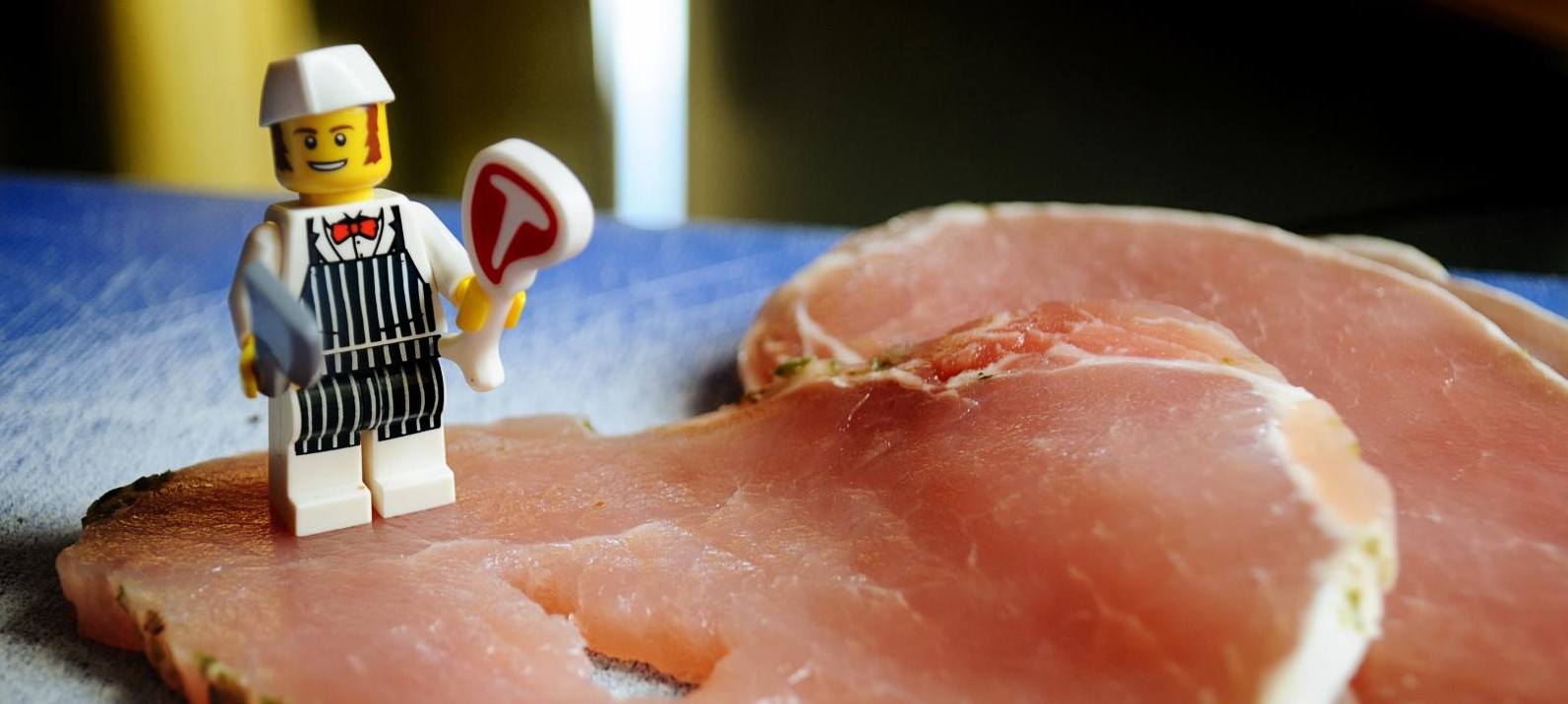
The answer to “How much meat can you eat on a flexitarian diet?” depends on who you ask.
There are lots of variations of semi-vegetarianism, meaning there are a lot of different answers to this question.
Dawn Blatner discusses different levels of meat restriction in her book The Flexitarian Diet, which we’ll review below.
Here’s the progression plan for The Flexitarian Diet:
- Beginner Flexitarian:
-
- Two meat-free days a week
- No more than 26 ounces of meat the remainder of the week
- Advanced Flexitarian:
-
- Three to four meat-free days a week
- No more than 18 ounces of meat the remainder of the week
- Expert Flexitarian:
-
- Meat-free five days a week
- 9 ounces of meat allowed the remaining two days
For reference, a three-ounce piece of chicken breast is about the size of your palm:
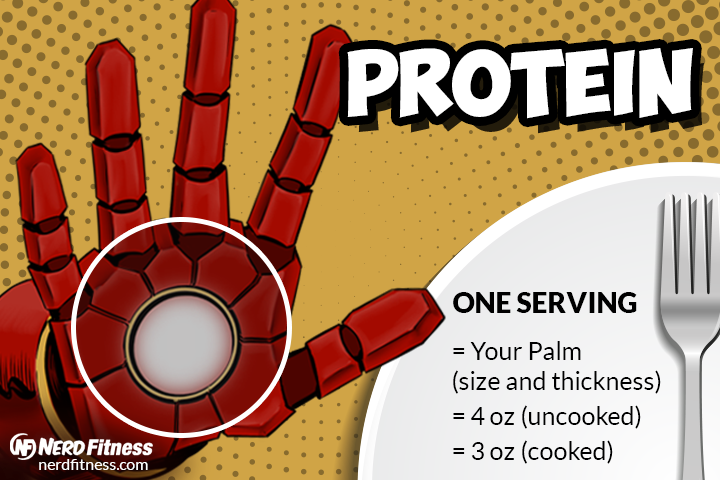
Another popular form of flexitarianism comes from VB6 (Vegan Before 6:00) which is exactly what it sounds like: follow a vegan meal plan until dinnertime.
Naturally, there’s a book about this one too, this time from Mark Bittman.
Like Blatner, Bittman encourages the consumption of whole plants and discourages the consumption of junk food.
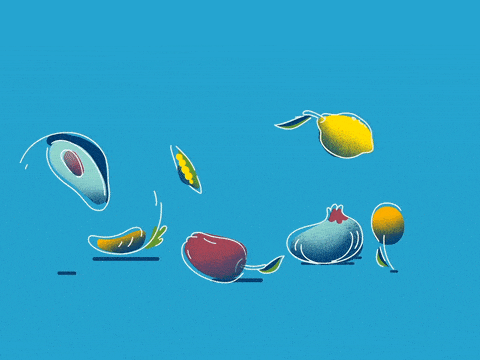
That’s not too surprising, because every diet encourages the consumption of whole plants and discourages junk food (well, not the Carnivore Diet or the Military Diet).
Other than following a 100% plant-based diet until 6pm, Bittman offers no specific rules for VB6.
You do you.
This is going to lead us to a larger point: “flexitarian” is up to interpretation.
Since there are multiple plans for semi-vegetarianism, how much meat you eat will really depend on your goals and motives.
Does Cutting out Meat Help You Lose Weight? (The Flexitarian Diet and Weight Loss)
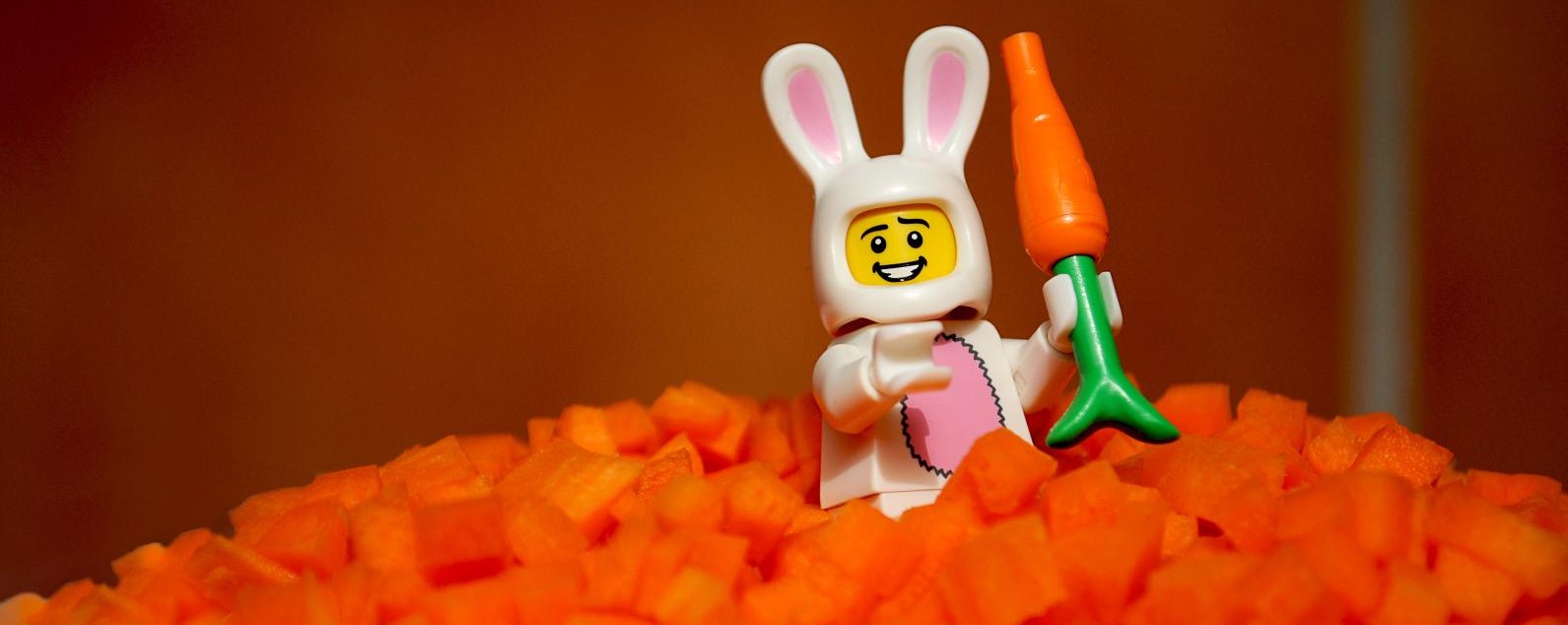
Many proponents of flexitarianism will claim it can help with weight loss:
- Mark Bittman created VB6 (Vegan before 6) after his doctor told him to lose some weight.
- Dawn Jackson claims her Flexitarian Diet can help those struggling with obesity.
However, anyone selling a diet book is gonna tell you it can help with weight loss.
What does the science say?
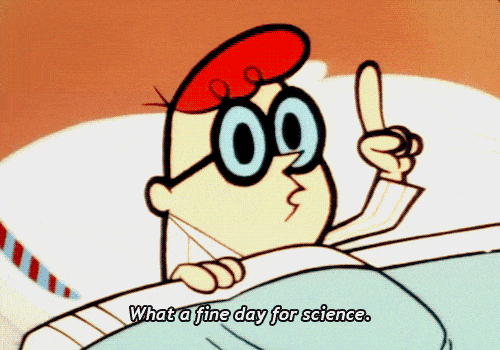
Since there’s no set in stone interpretation of what makes a “flexitarian” a flexitarian, it can be hard to prescribe any specific benefits to the diet.
This is a concern Emma J. Derbyshire brought up in a review of semi-vegetarian diets in Frontiers of Nutrition.[1] Derbyshire states that before any formal recommendations can be done on flexitarians, “official definitions of these diets are needed.”
You need to know exactly what you’re researching before you can make heads or tails of what’s going on.
However, weight loss itself has been studied a lot, so we aren’t completely stumbling in the dark here.
As we address in our guide How to Lose Weight (The 5 Rules of Weight Loss), our bodies obey the Laws of Conservation of Energy and Thermodynamics:
To lose weight, we need to burn more calories than we consume regularly.
It’s about as close to fact as we can get in nutrition science.[2]
Here’s the thing about meat: it’s actually pretty calorically dense, especially when you compare it to fruits and vegetables.
This is 200 calories worth of sliced turkey (thanks to wiseGEEK):
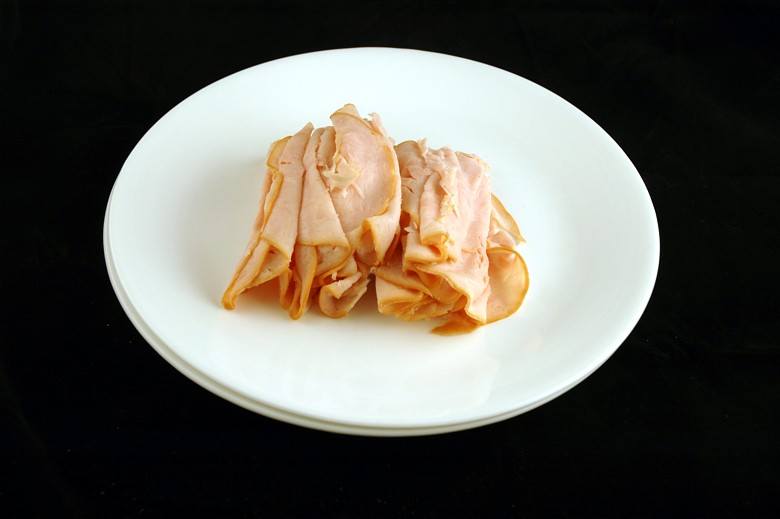
Here is 200 calories worth of Saltine crackers (which are vegan):
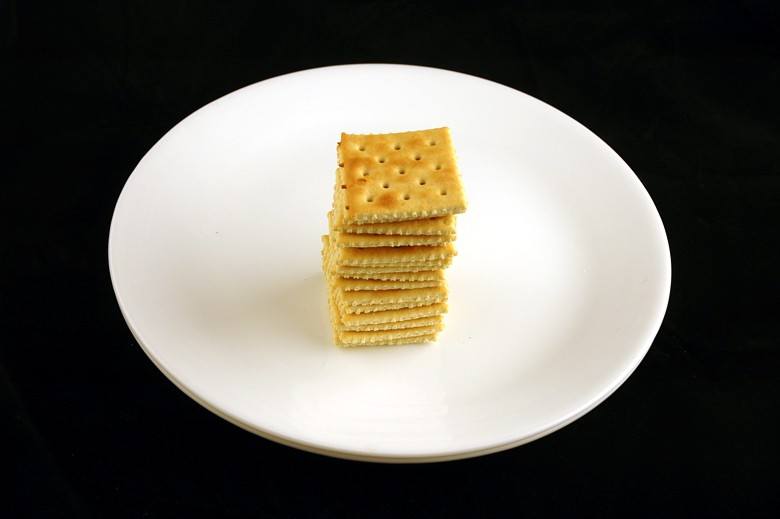
When comparing a plate of meat to a handful of crackers, you might think: “Steve, there’s no way those crackers will satisfy me, I’ll need to eat more food,” then you’d be right.
It’s why focusing on foods that fill you up without being overloaded with calories can help with weight loss.
Let me share one more example:
This is what 200 calories worth of broccoli looks like:
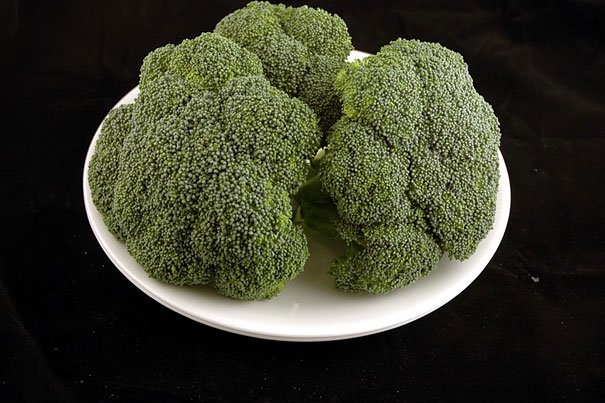
So, YES, if you replace your meat lovers pizza, chicken parm with pasta, and bacon cheeseburgers with mostly fruits, vegetables, and other whole plants, you’ll most likely lose weight.
It comes down to total energy (calories) consumed!
This is something we bring up throughout our Guide for Plant-Based Diets: be careful about replacing calorie bomb meat products with heavily processed junk food.
You might end up with the same amount of calories (if not more), which means you’ll have no weight loss.
Because from a protein perspective, meat can be a great source of nutrients.
Let’s compare chicken against black beans, since legumes (beans) are some of the most protein-dense plants you can eat:
- 100 grams of black beans: 22 grams of protein, 339 calories, 63 grams of carbohydrates (16 grams of which are fiber).
- 100 grams of chicken breast: 30 grams of protein, 165 calories, 0 grams of carbohydrates.
The same size serving of black beans has less protein, twice as many calories, and more carbs compared to chicken.
This isn’t to say you can’t get adequate protein from plants (we tell you exactly how to do it in our guide to vegetarianism), it’s just something you have to appropriately plan for!
All this to say: you can lose weight on a flexitarian diet as long as you burn more calories than you eat consistently.
If semi-vegetarianism actually helps with that, great! If not, no biggie, just try another path (here’s what I personally do).

Let me just say that if you’re trying to lose weight and wondering if a flexitarian diet is the solution, I’m proud of you for at least THINKING about different nutritional strategies that might align with your lifestyle and goals.
Lots of our coaching clients come to us with all sorts of different fitness questions, like what to eat and how to exercise, proving we all start from unique situations. The important thing is that you’re beginning to ask questions and looking for answers.
If you want help on your journey, we’re here for you. Our 1-on-1 Online Coaching Program partners busy people just like you with a coach who will get to know you better than you know yourself.
What Are the Benefits of Being a Flexitarian?
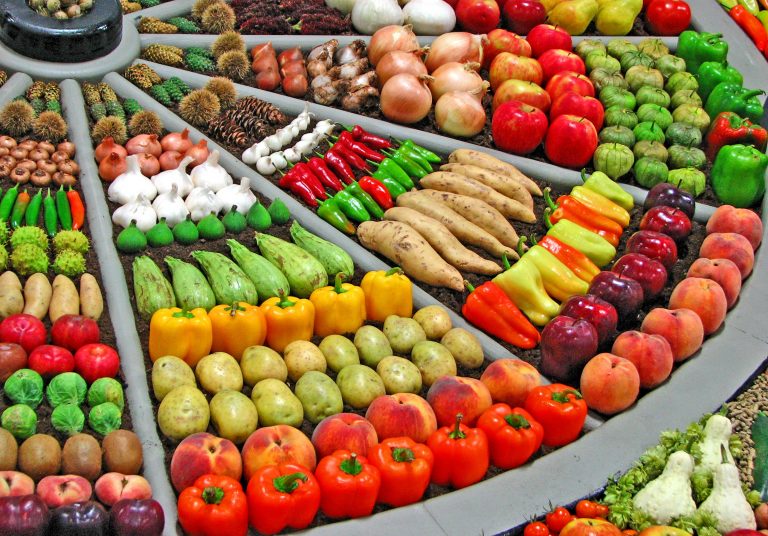
There are all sorts of benefits from eating lots of plants.
Now granted, I’m on the record for stating I don’t buy into the claim that meat is inherently bad for you (we dig into it in this article).
However, I’m also on the record for stating you should eat your fruits and veggies (scope out our Guide to Healthy Eating).
Let’s rap about the good things found in the plant kingdom:
- Fiber: studies have shown that eating dietary fiber (found in plants) can have loads of health benefits. Fiber from plants can help lower raised blood pressure, improve insulin sensitivity, and help with digestive issues.[3]
- Vitamins and minerals: plants contain vitamins E, C, K2, and calcium, to name just a few. You need these things to survive.
- Antioxidants: there are all sorts of toxins in the modern world (air pollution, BPA in plastic, etc). Plants, and the antioxidants in them, can help defend against some of these pollutants.[4]
When you start to factor this together, it makes sense to eat a lot of plants.

It also makes sense that people who eat a lot of plants, like flexitarians, tend to be in good shape.[5]
Whole plants are high in nutrients and low in calories, making them ideal for creating an energy deficiency.[6] Again, this is needed for weight loss.
Here’s where the debate rages on the internet: are people who follow a plant-based diet generally healthier than omnivores because meat is bad for you, or because vegetarians tend to eat more fruits and vegetables and less processed foods?[7]
It’s hard to say.
More studies are rolling in every day, so I’m not going to declare a winner over the other.
I will say that I actually resonate with a “flexitarian” lifestyle, though I just call it “mostly healthy eating” = eat mostly plants, healthy sources of protein, and keeping total calorie intake under control.
The moral of the story: eat lots of plants…and maybe a little meat.
Should I Try the Flexitarian Diet? (Next Steps)
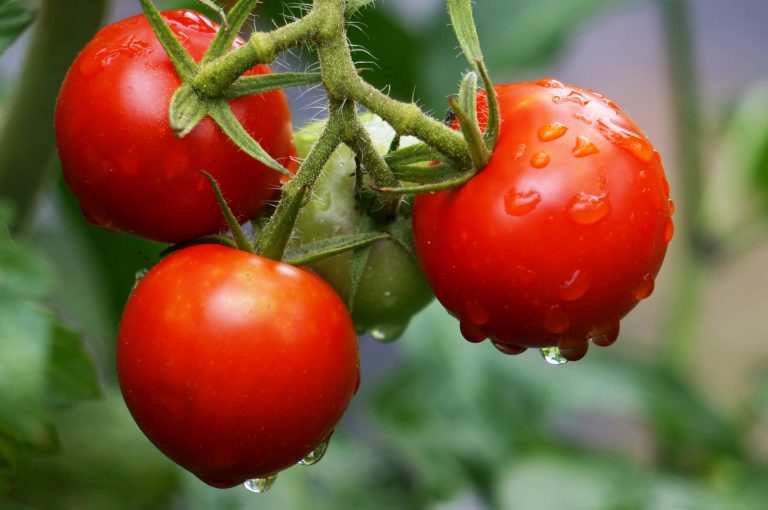
Sure!
Why not?
There are worse ways to eat than tons of plants with a little bit of meat.
Being a flexitarian is actually not too different than following the Mediterranean Diet.
It’s the same way of eating, just with a new name.
Author Michael Pollan summed it up years ago with “Eat food, not too much, mostly plants.”
Truth be told, healthy eating is more or less the same no matter what you call it.
They just label it with different names to sell books.
Here’s what every nutrition expert agrees on:
- Focus on whole foods
- Eat plenty of protein
- Make room on your plate for lots of vegetables
- Minimize the consumption of processed food or junk food
We lay all this out in our Guide to Healthy Eating, which I would encourage you to check out.
If this is the first time you’ve tried to “eat right,” or the 17th, it’ll help you make small lifestyle changes towards a healthy diet.
This is our preferred approach here at Nerd Fitness.
That will bring me to my one concern on adopting The Flexitarian Diet or any other strict form of semi-vegetarianism: if you change too much at once, it might be overly difficult and you’ll grow frustrated.
Frustration can lead to abandoning a new way of eating.
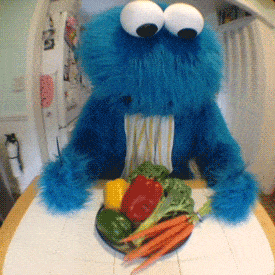
We see it all the time here: people go Paleo or Keto for 21 days, hate it, then go right back to where they started.
Since they’re now demoralized from the experience, they don’t even try anymore, which is where the real harm comes in.
So try a small step today:
- Make dinner this week.
- Try eating one new vegetable.
- Hell, make it exercise-related and just go for a walk.
This might be better than changing everything at once giving up meat for most of the week.
No matter what you do now, start!

You can’t create new habits if you never get going, so pick something you’re going to work on and try it for a week. Then look back and review your progress:
- If you did the thing, keep going!
- If you didn’t do the thing, no problem!
Make a smaller change this time and try again.
Want some help along the way? The perfect path on where to go from here and what to change?
You got it!
#1) Our 1-on-1 Online Coaching Program: a coaching program for busy people to help them make better food choices, stay accountable, and get healthier, permanently.
You can schedule a free call with our team so we can get to know you and see if our coaching program is right for you. Just click on the image below for more details:
Nerd Fitness Prime is our premium membership program that contains live-streamed workouts with NF Coaches, a supportive online community (with many like-minded people embarking on new diets), group challenges, and much more!
#3) Become part of The Rebellion! We have a free email newsletter that we send out twice per week, full of tips and tricks to help you get healthy, get strong, and have fun doing so.
I’ll also send you tons of free guides that you can use to start leveling up your life too:
- Follow our 10-level nutrition system at your own pace
- What you need to know about weight loss and healthy eating
- 3 Simple rules we follow every day to stay on target
Alright, I think that about does it for this article.
Now, your turn:
What are your thoughts on the Flexitarian Diet?
If you follow it, when do you eat meat?
Any tips or tricks to make it sustainable?
Let me know in the comments!
-Steve
PS: If you’re just starting to explore vegetarianism, make sure you read our Beginner’s Guide to Plant-Based Diets so you do it safely and effectively!
###
Photo source: Meal prep Sunday, How to turn kids off, LEGO with ham, What’s up doc, Vectored Vegetables, Tomatoes, Stormtrooper with a camera.
GIF source: Book
- You can find that article here.
- You can read this study, or this study, or this study, or this study, or this study, or…ok fine, you get the point.
- Read, “Health benefits of dietary fiber.” Source, PubMed.
- Read, “The Protective Role of Antioxidants in the Defence against ROS/RNS-Mediated Environmental Pollution” Source, PubMed.
- Read, “Comparison of nutritional quality of the vegan, vegetarian, semi-vegetarian, pesco-vegetarian and omnivorous diet.” Source, PubMed.
- As this study references, fully plant-based diets tend to come in the lowest for energy provided, compared to omnivores. This makes sense, since meat can contain a decent amount of calories.
- Here’s another indicator following a semi-plant-based diet would be good for you: “Vegetarian dietary patterns are associated with a lower risk of metabolic syndrome: the adventist health study 2.” Source, PubMed.
Filed under: Fitness


 For now classes are 6pm and 640pm at 2840 Wildwood st in the Boise Cloggers studio.
Book your class NOW!
click this ==>
For now classes are 6pm and 640pm at 2840 Wildwood st in the Boise Cloggers studio.
Book your class NOW!
click this ==>








